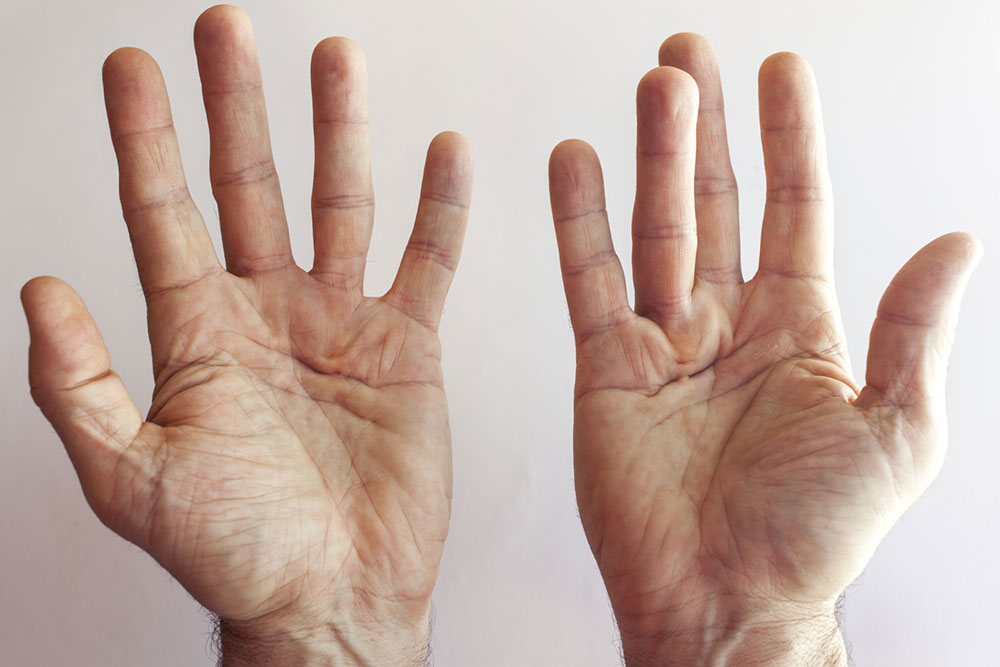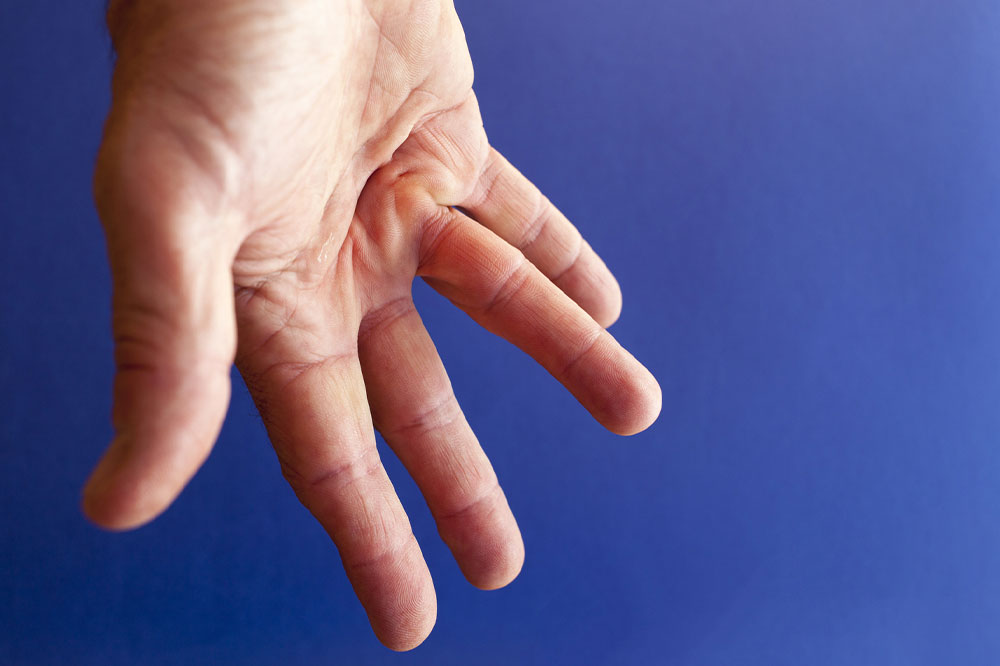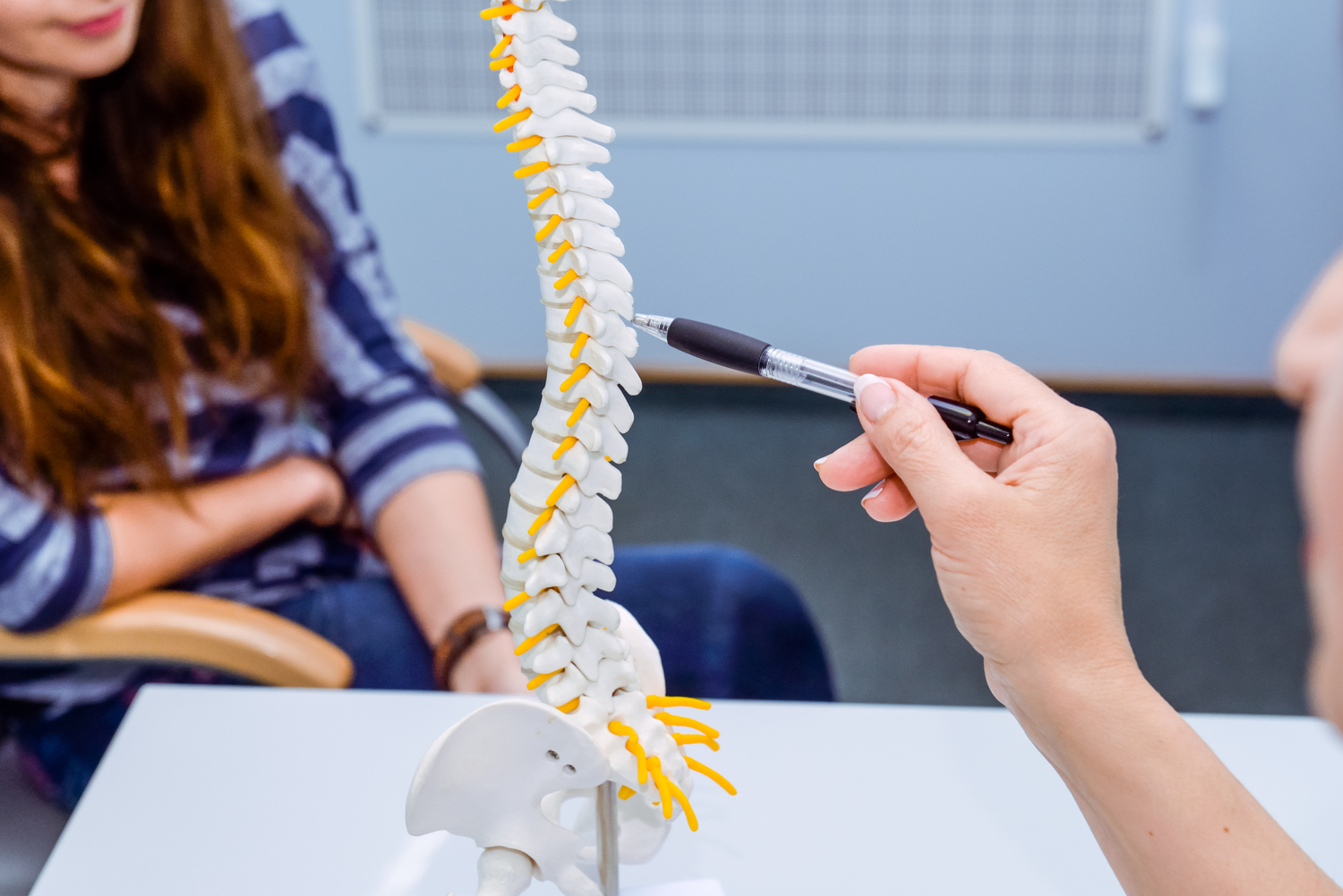Understanding Dupuytren’s Disease: Symptoms and Causes
Dupuytren’s disease affects the palm leading to finger deformities and movement limitations. Symptoms include skin thickening, lumps, and finger bending due to tissue cords. Risk factors involve age, smoking, family history, and diabetes. While causes are unclear, early detection can help manage the condition effectively. Consulting a medical professional is recommended for proper diagnosis and treatment options.

Understanding Dupuytren’s Disease: Symptoms and Causes
Dupuytren’s disease is a condition affecting the hand, characterized by the formation of thickened tissue beneath the skin of the palm. This tissue forms knots that develop into cords, gradually pulling fingers toward the palm and causing bending deformities. Such changes can hinder daily activities like gripping objects, wearing gloves, or shaking hands.
Signs and Symptoms of Dupuytren’s Disease
Thickening and dimpled appearance of the palm’s skin over time.
Formation of a palpable lump in the palm, which may feel tender but often painless.
Progression leads to tighter cords pulling fingers towards the palm, causing stiffness and difficulty in hand movements.
In rare cases, the index and middle fingers can also be affected.
It may also involve the thumb and can occur in both hands, with one hand being more severely affected. Symptoms can vary from mild to severe, depending on disease advancement. Despite ongoing research, the exact causes remain unknown. However, certain factors may increase risk:
Age over 50 years is strongly linked to the condition.
Smoking and possibly alcohol consumption have been associated with increased risk.
Diabetes may elevate susceptibility, though evidence is not conclusive.
Genetics play a role; family history of the disease heightens risk.
Men are more prone to develop Dupuytren’s disease than women.
While the condition can disrupt daily functions, many cases require minimal intervention. Management strategies can often help control symptoms and progression.
Disclaimer:
The information on this site is intended for educational purposes. It should not replace professional medical advice. Always consult a healthcare provider for diagnosis and treatment options. The site does not guarantee the accuracy of the content and disclaims liability for any inaccuracies or omissions.










